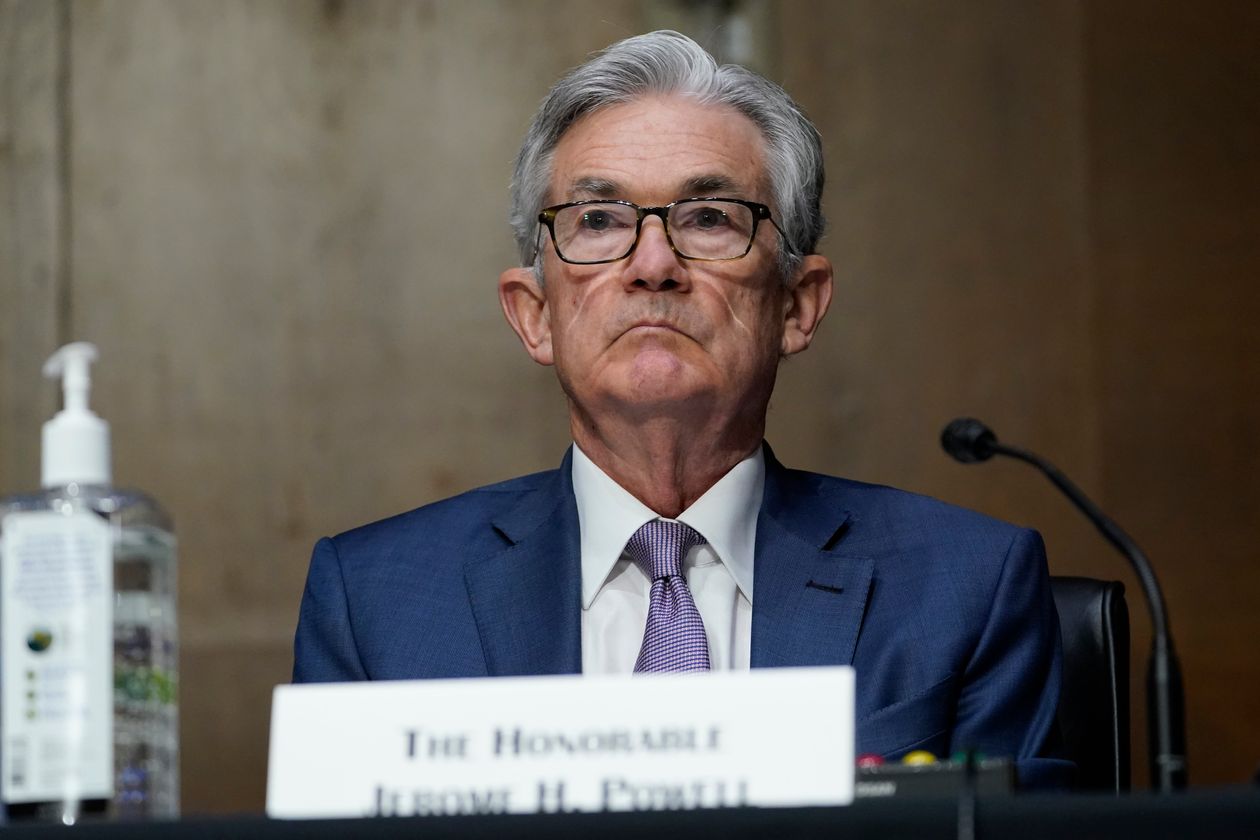By: The Editorial Board – wsj.com – May 12, 2021
As vaccines roll out, more people are going out and spending their savings and stimulus checks. Demand is increasing at the same time supply problems frustrate businesses. Used car and truck prices jumped 10%, which accounted for a third of the month’s CPI increase. One reason: New car production has slowed amid a global computer chip shortage. But that’s no consolation to middle-class Americans who buy used cars. The rich buy new Teslas.
Commodities have also been surging and are feeding into consumer prices. Corn prices are up 50% this year and some 125% year-over-year. Overall food prices climbed 0.4% from March and 2.4% over the past 12 months. Fresh produce and meat prices rose even more.
A worker shortage is also pushing up wages—average hourly earnings rose 0.7% in April—and may be starting to feed into higher consumer prices. Many small businesses were reluctant to pass on their increasing cost of goods and labor when demand was lower. But that may now be changing as consumers are spending more freely.
The benign explanation for the April price surge is that it’s “transitory,” as Mr. Powell likes to say. The April surge compares to a price decline last spring at the height of the pandemic lockdowns, and the comparisons will look less ugly in coming months. Oil prices were also hitting lows last spring as demand plunged. Remove those factors and the CPI increase looks barely above 2%.
Vice Chairman Richard Clarida on Wednesday reiterated the Fed view that the economy remains a long way from full employment and that prices will moderate once supply problems ease. The Fed has said it will allow inflation to exceed 2% as long as it “averages” about 2% over the “long-run” and doesn’t plan to adjust policy until the country gets closer to full employment, which in the past has been a moving Fed target.
***
Yet inflation is always and everywhere a monetary phenomenon, as Milton Friedman put it. For more than a year the Fed has been pursuing an expansionary policy for the ages. It has been keeping rates near zero and expanding its balance sheet to record levels with bond purchases in an economy that has been growing fast for more than nine months. The Atlanta Fed’s GDPNow prediction for second quarter growth is 11%.
The money supply has been growing rapidly, and cash is chasing higher returns across the economy amid near-zero interest rates. Junk bond issuance this year is at a record pace. Asset prices have boomed. The danger is that expectations for higher inflation will rise and become embedded in business and consumer decisions. Transitory then becomes longer and the Fed might have no choice but to end the party, perhaps more abruptly than it wants.
The risk is compounded by the Fed’s political predicament, partly of Mr. Powell’s own making. The Chairman has been a cheerleader for the fiscal blowout of the last year, especially the Joe Biden-Nancy Pelosi agenda. The Fed has monetized nearly all of the new federal debt issuance of the last year, and Democrats are counting on the Fed to keep it up in the years ahead. This makes it harder for the Fed to taper its bond purchases or raise interest rates.
Mr. Powell will need the current inflation surge to be transitory, or he’ll find himself in a political jam if the markets force him to tighten. Better for the Fed to reassert its independence by moderating its policy now, rather than risk more damage down the road.
To see this article and subscribe to others like it, choose to read more.
Source: Powell Gets His Inflation Wish – WSJ
 Listen Online
Listen Online Watch Online
Watch Online Find a Station in Your Area
Find a Station in Your Area










 Listen Now
Listen Now Watch Online
Watch Online
